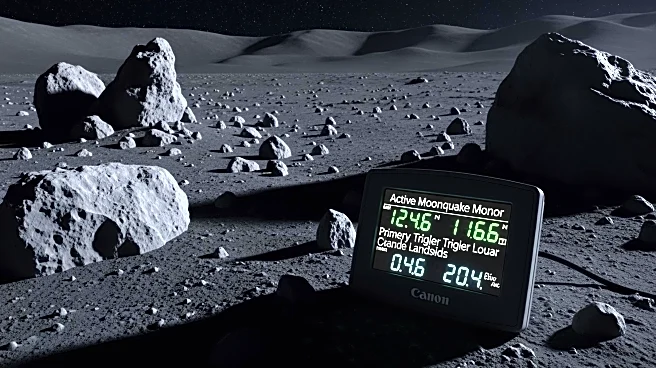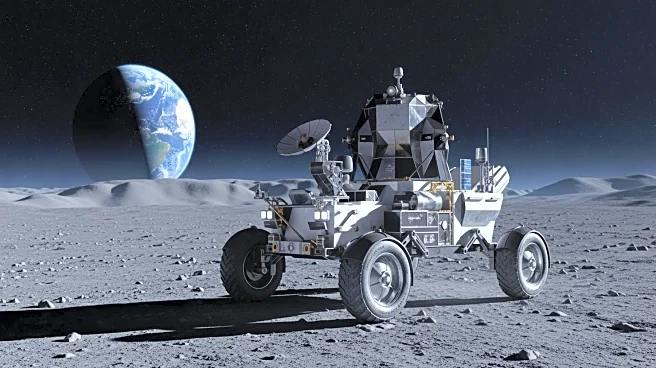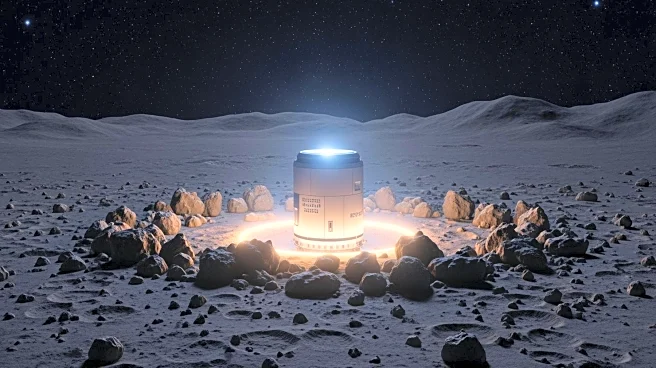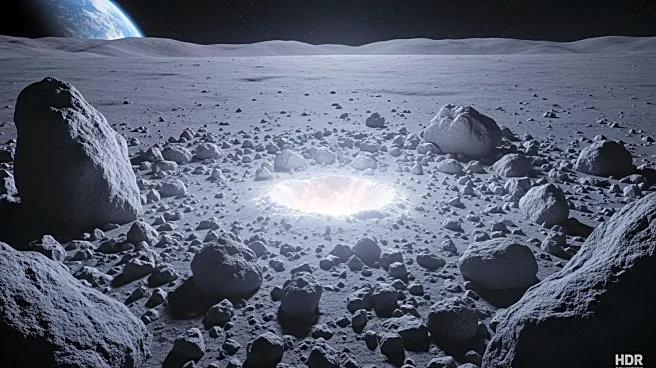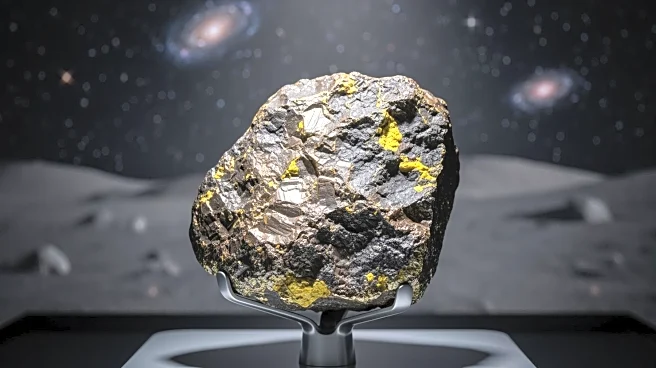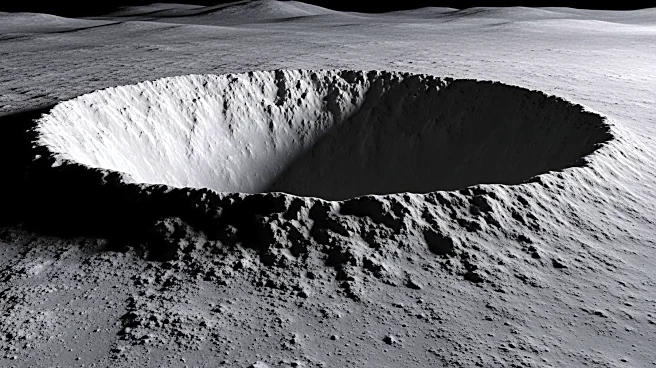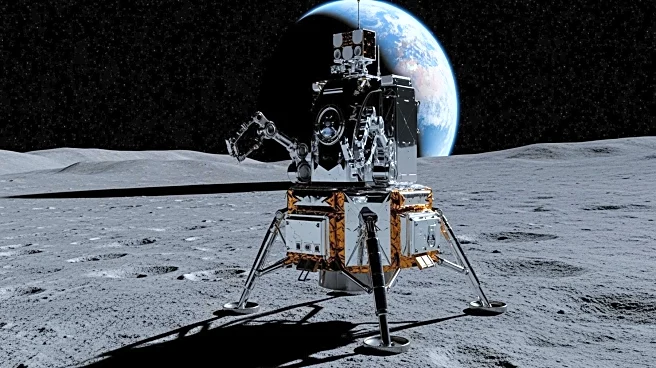What's Happening?
A new study has identified moonquakes as the primary trigger for recent landslides on the Moon, challenging previous assumptions that meteoroid impacts were the main cause. Researchers analyzed 15 years
of lunar images and found 41 small-scale landslides, concluding that internal seismic activity is responsible for these events. The study suggests that the Moon is more geologically active than previously thought, with ongoing seismic activity in regions like the eastern Imbrium Basin. These findings have implications for future lunar exploration and the safety of potential Moon bases.
Why It's Important?
The discovery of active moonquakes reshapes our understanding of lunar geology and highlights potential geohazards for future missions. As plans for permanent Moon bases accelerate, understanding the Moon's seismic activity is crucial for assessing risks and ensuring the safety of infrastructure. The study provides valuable insights into lunar geological processes, which could inform mission planning and the design of lunar habitats.
What's Next?
Future lunar missions will need to consider the implications of moonquakes when selecting sites for exploration and habitation. Researchers may conduct further studies to map seismic hotspots and develop strategies to mitigate risks associated with lunar landslides. The findings could also lead to advancements in lunar monitoring technology, enhancing our ability to predict and respond to seismic events.
Beyond the Headlines
The study challenges the perception of the Moon as a static, lifeless world and opens new avenues for scientific exploration. It underscores the importance of integrating geological research into space mission planning and highlights the potential for unexpected discoveries in planetary science. The findings may also influence public interest in lunar exploration, emphasizing the dynamic nature of our celestial neighbor.
